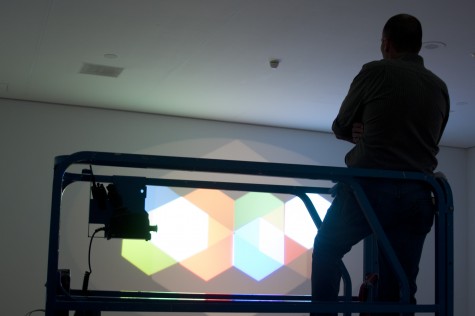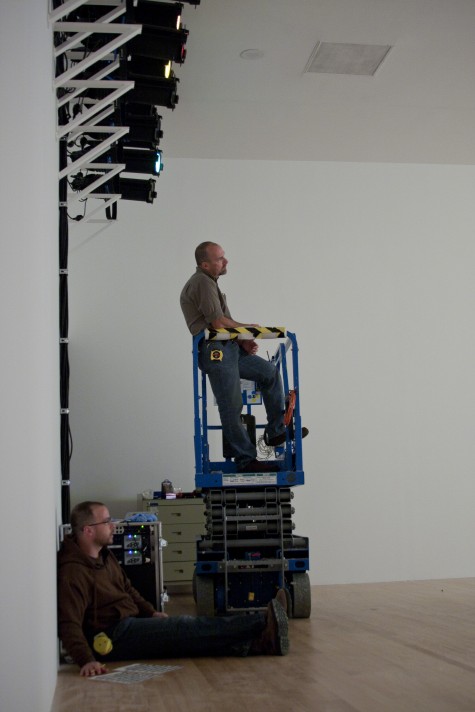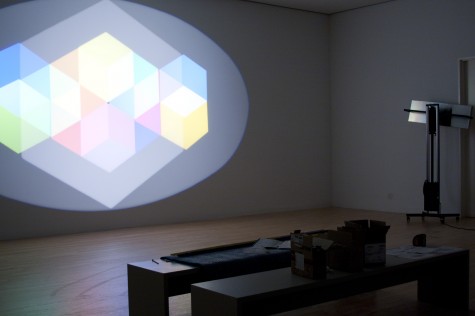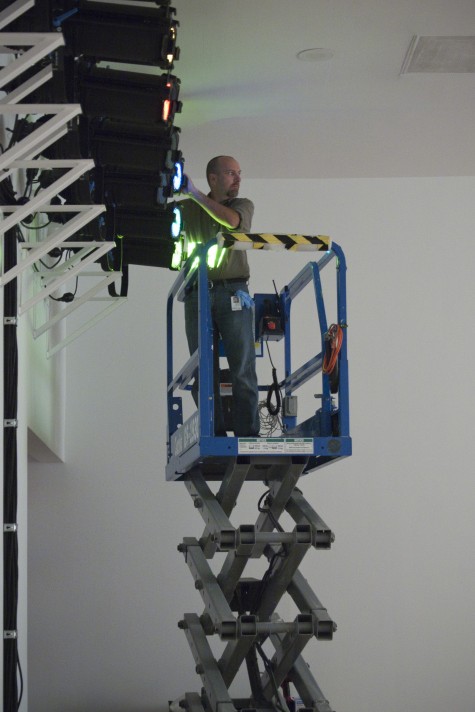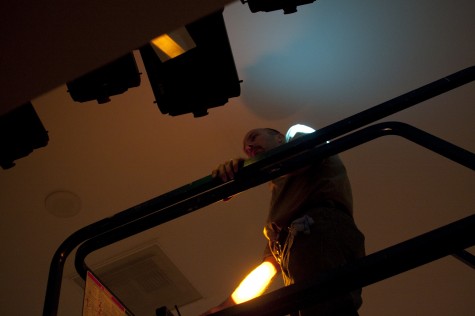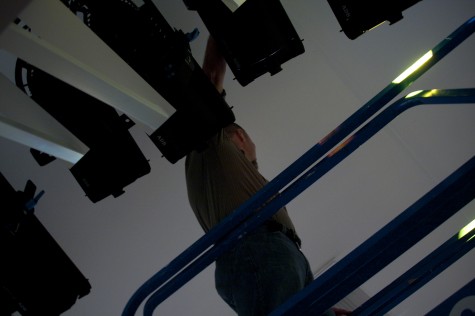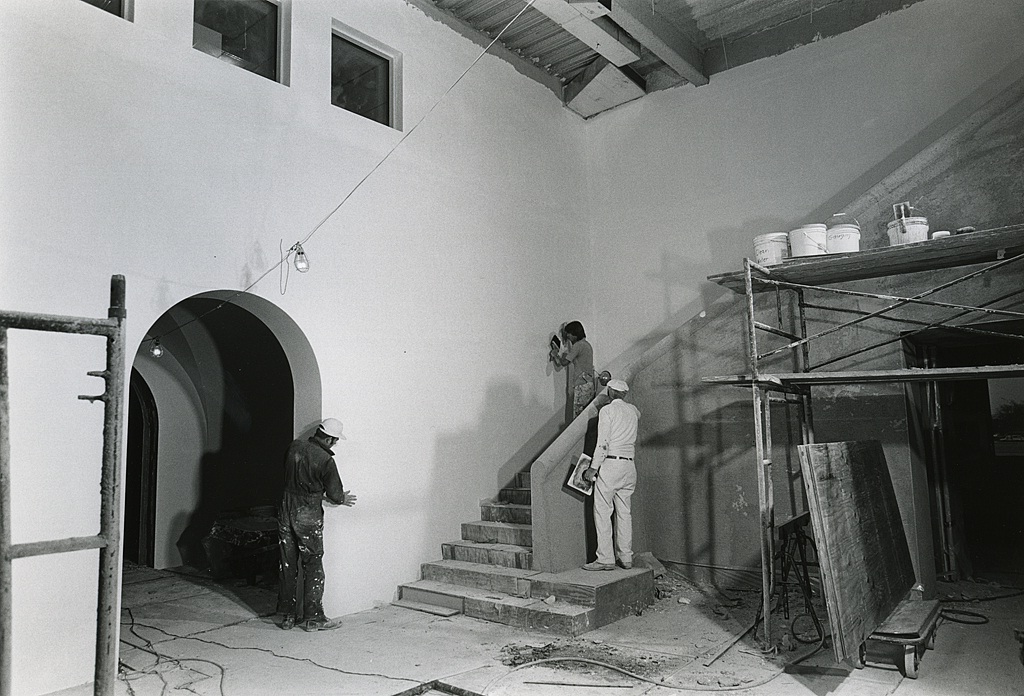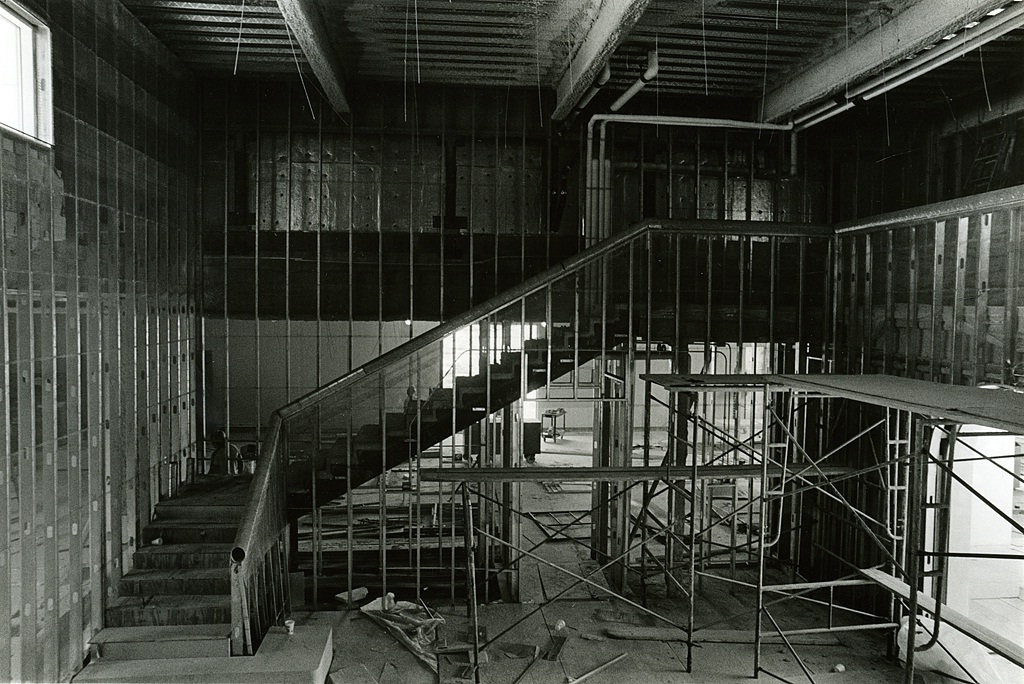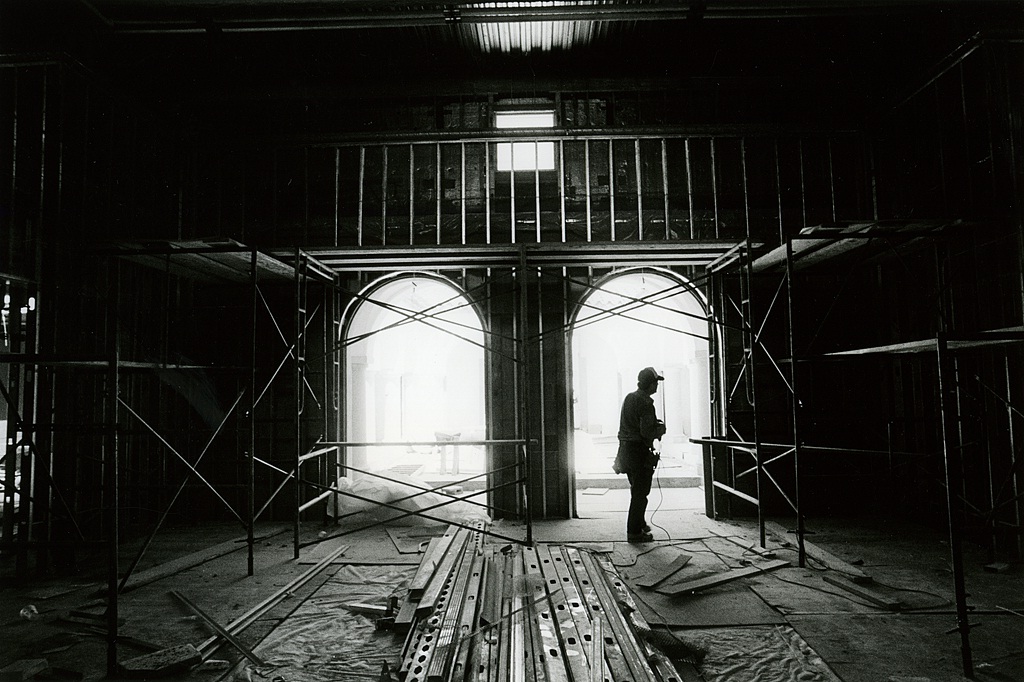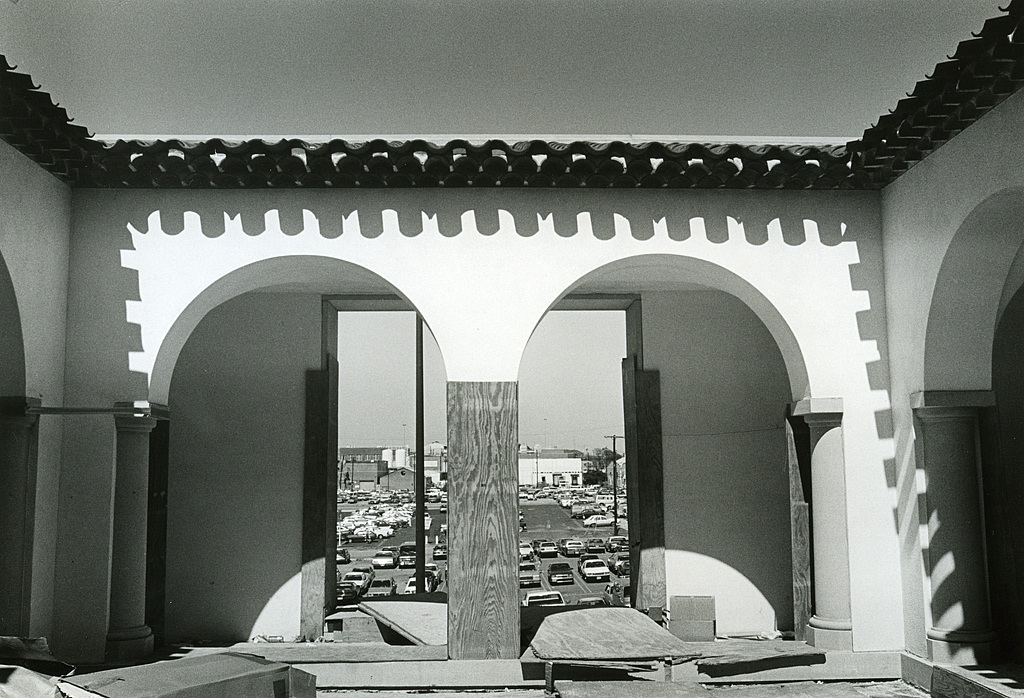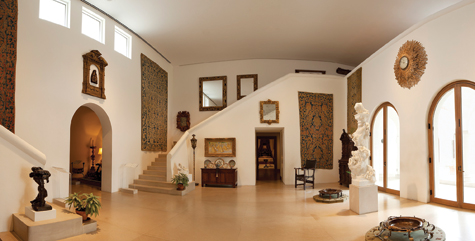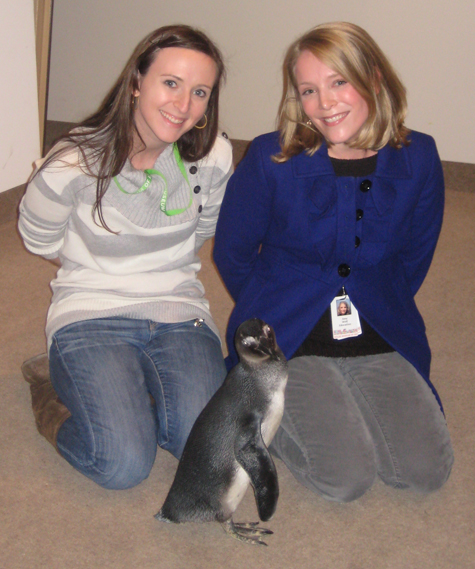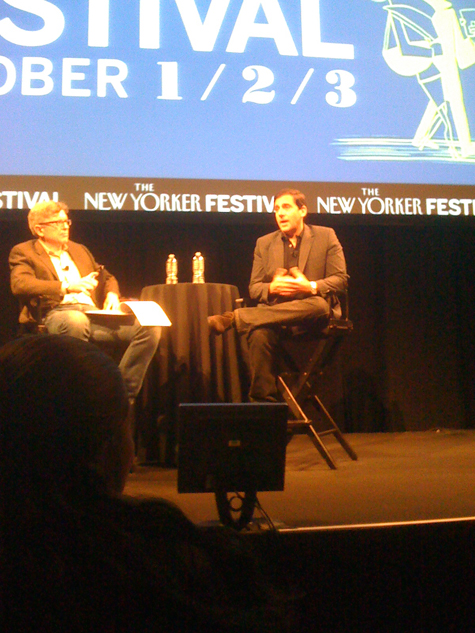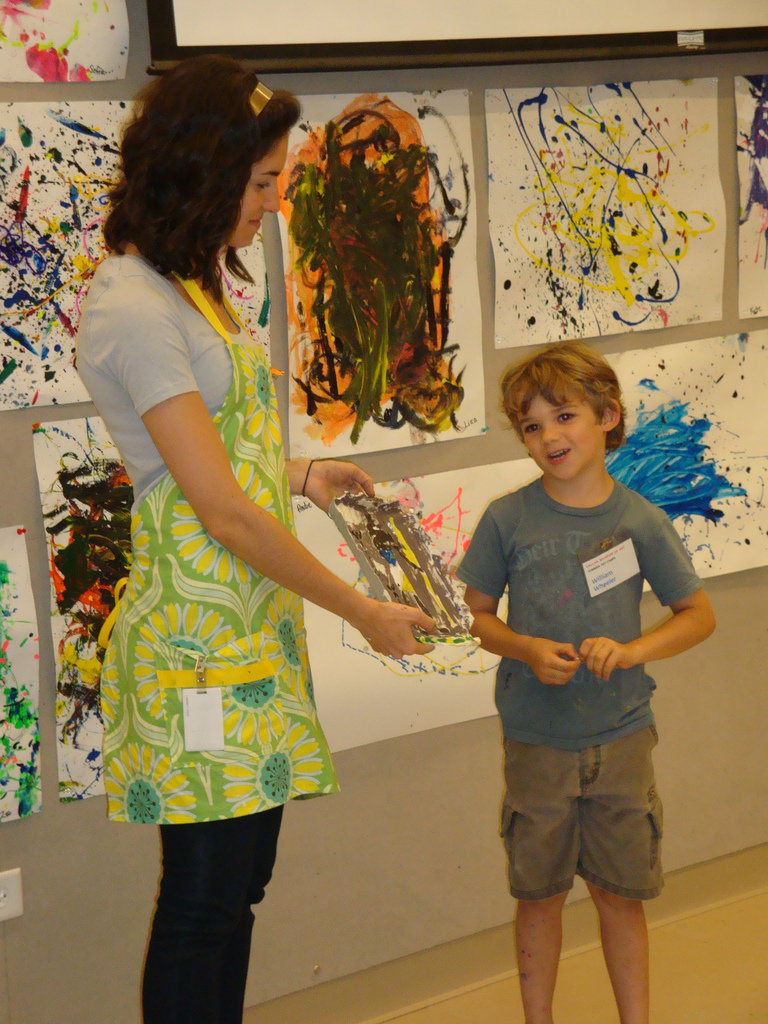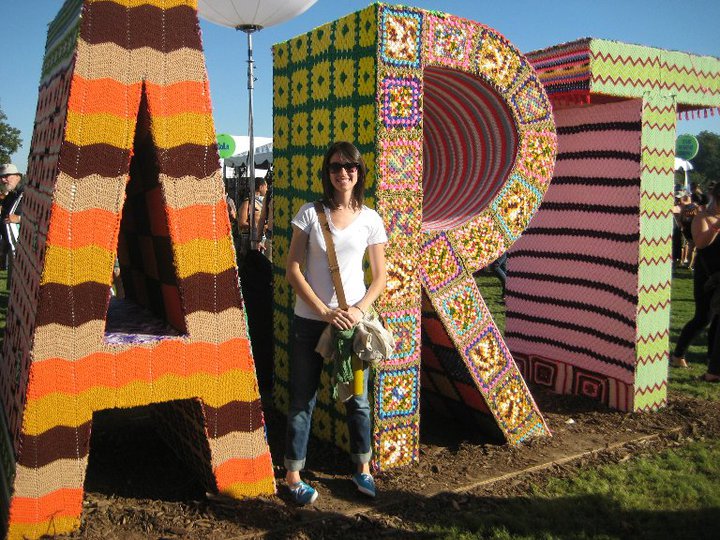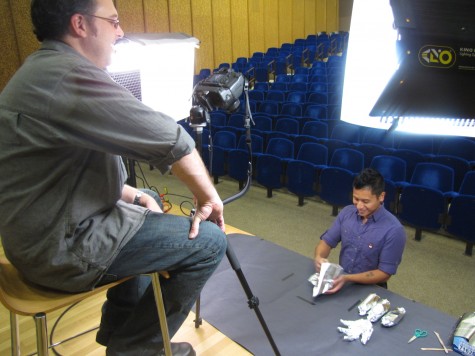[slideshow]
One of my most rewarding professional experiences occurred several years ago during the implementation of an NEA grant project. Lynda Davis — dancer, professor, and choreographer — was a visiting artist at the Museum. She flew in from Florida for two separate weeks during the year and led multiple workshops with high school students (dancers, musicians, visual artists, and actors) focused on improvisation and the creative process, with a nod to the interrelationships among the arts. She liked to refer to this as the “arts rubbing up against each other.”
Each week Lynda visited was an inspiration for everyone who interacted with her. Each week was also intense and, as the project manager, I wore many different hats: chauffeur, art historian, collaborator, gopher, and documentarian. In the beginning, I knew nearly nothing about dance, nor had I thought much about the relationship between visual art and dance. But by the end of the project (and perhaps even now), I hoped to be a dancer and choreographer in my next life.
This experience was my first real opportunity to figuratively “rub elbows” with a living artist. My training and education was heavily focused on art history. Most of the artists I studied were in books and in the past. I welcomed the opportunity to make this experience with Lynda a significant part of my own creative development, observing closely and listening carefully, seeing the world through Lynda’s eyes for a brief time, catching a glimpse of where she drew inspiration, and looking for new connections between things in my world. I carry this experience with me always, and it impacts my work.
Tell me about a time that you “rubbed elbows” with an artist?
If you’re looking for more opportunities to connect with artists, I invite you to visit the DMA. Each year we work with hundreds of living artists of all art forms: dance, theater, visual arts, music, and literature, to present, perform, and celebrate the arts. Consider the following opportunities and make a connection with an artist!
Experience Process
Programs with C3 visiting artists celebrate creativity and the artistic process. Join us for lively conversation and art-making projects during drop-in workshops. Visiting artists during December and January include Teresa Rafidi, Annette Lawrence, and Brian Fridge.
Enjoy Youth
Annually, the Dallas Museum of Art celebrates the creativity of young artists in our community through the exhibitions Something Beautiful, Young Masters, and the Art Ball Young Artists Program.
Explore Many Art Forms
Artists of diverse disciplines join us for commissions and programming that celebrate the creative process and build bridges among various art forms. 2011 marks the 20th anniversary of Arts and Letters Live, our literary and performing arts series. This season features over 60 artists and writers including Simon Schama, Annie Proulx, Carlos Fuentes, and more!
Embrace Contemporary Art
Exhibitions highlighting work by established and emerging national and international artists celebrate the art of our time. At times these artists work with the Museum on the installation of their work, and they often participate in lectures or talks, which are open to the the public. Big New Field: Artists in the Cowboy Stadium Art Program opens at the DMA in December and includes work by Trenton Doyle Hancock, Annette Lawrence, Olafur Eliasson, and Teresita Fernandez, as well as others. Visit an exhibition of works by Mark Bradford in fall 2011!
Nicole Stutzman
Director of Teaching Programs and Partnerships
